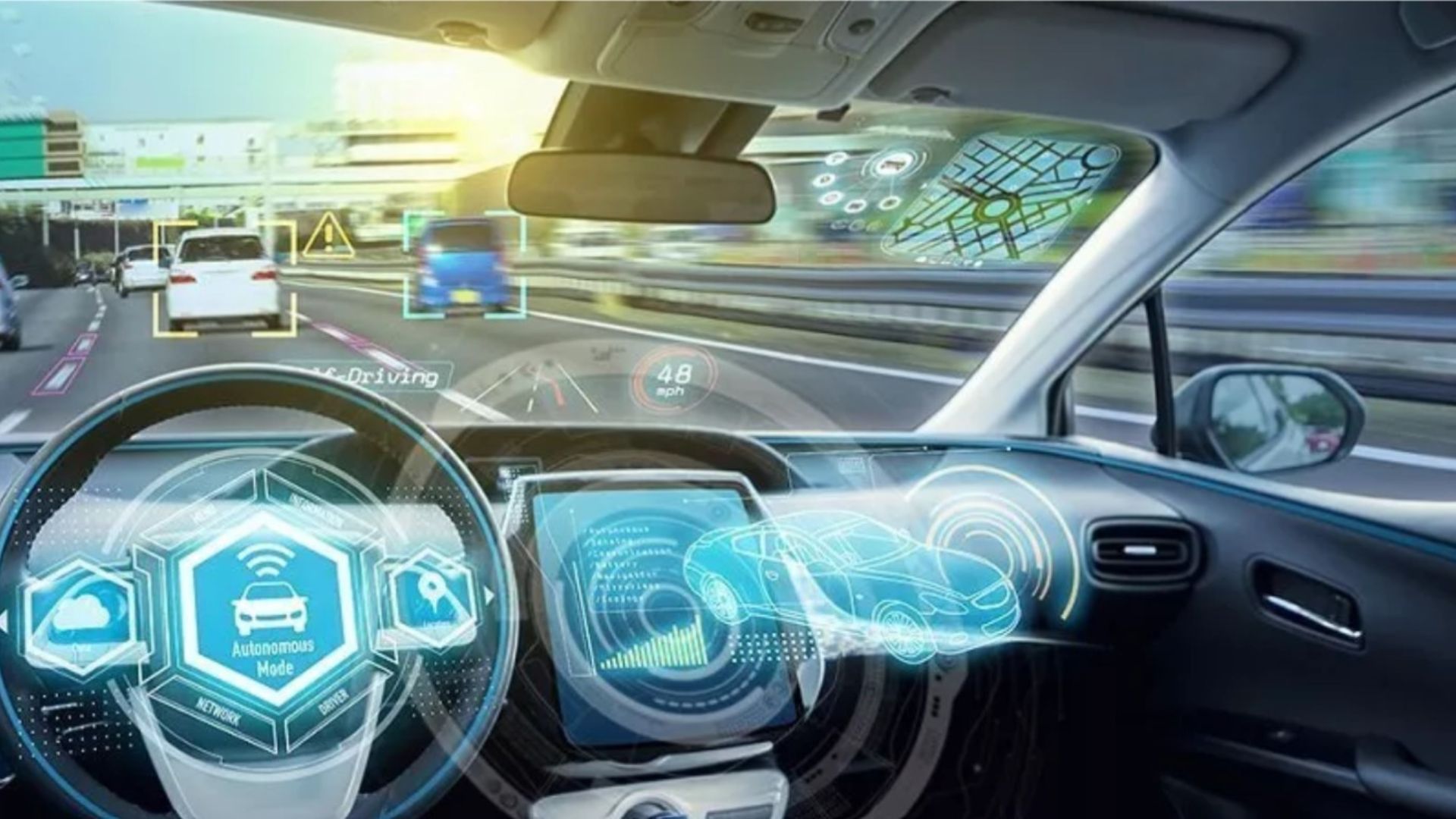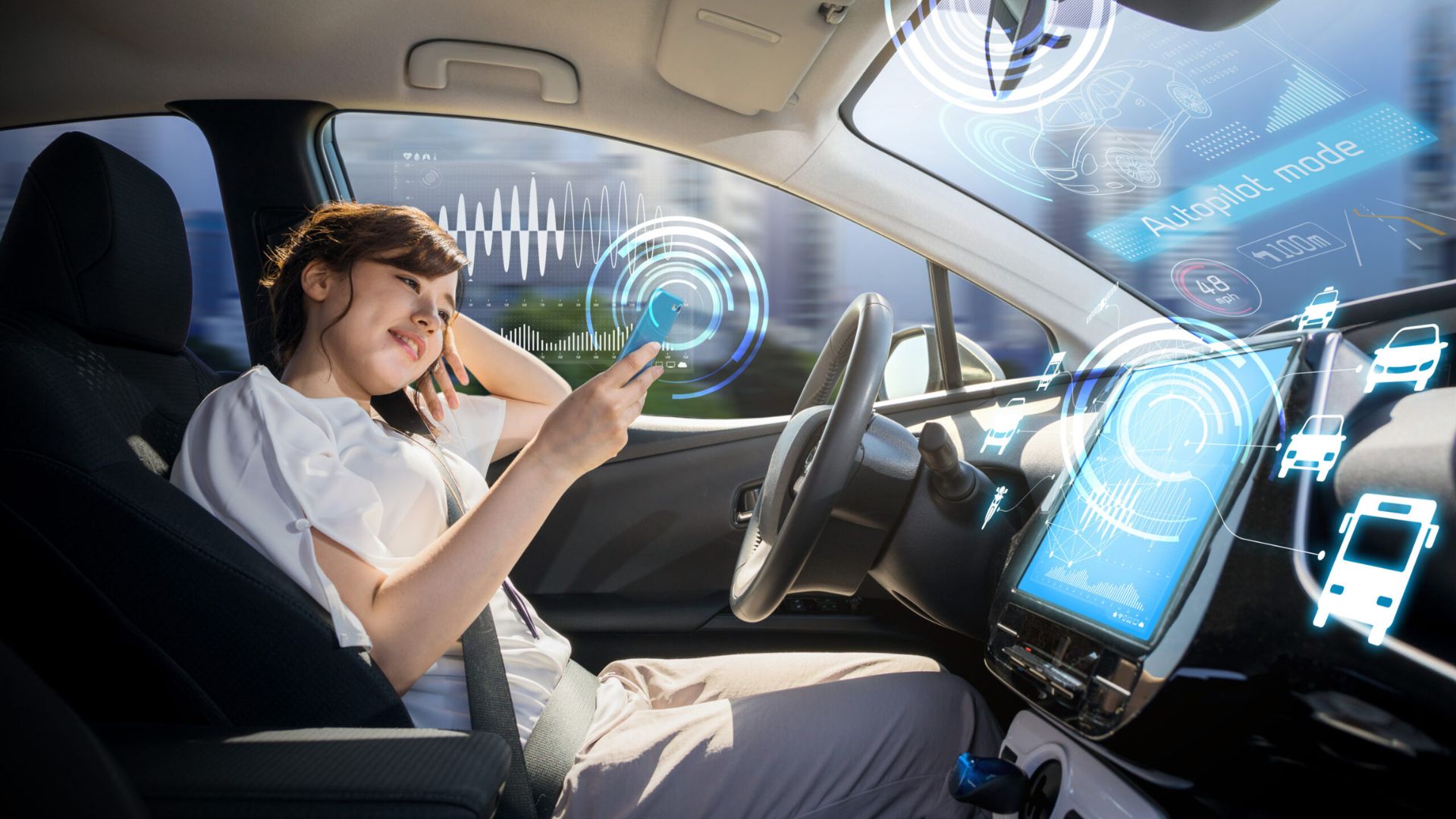|
Getting your Trinity Audio player ready…
|
The efficiency of automated vehicles promises a future where commutes are stress-free, accidents are rare, and traffic jams become relics of the past. With advanced technologies and innovative algorithms, self-driving marvels are poised to revolutionize transportation on a grand scale. These autonomous vehicles rely on a sophisticated network of sensors, cameras, and artificial intelligence to navigate roads safely and efficiently. By continuously analyzing real-time data and making split-second decisions, AVs can optimize routes, minimize delays, and adapt to changing traffic conditions seamlessly. Moreover, the potential benefits extend beyond individual convenience, encompassing environmental sustainability and economic efficiency. As we buckle up and delve into the fascinating world of AVs, we uncover their transformative impact on how we move and the profound changes they bring to the future of transportation.
Optimizing Traffic Flow
One of the biggest bottlenecks in traditional transportation is human error. Inattentiveness, misjudgments, and emotional factors all contribute to unpredictable driving behaviour, leading to congestion and accidents. AVs, guided by sophisticated algorithms and sensors, eliminate these human variables. They can precisely maintain optimal speeds and distances, creating a synchronized flow of vehicles that minimizes braking and unnecessary accelerations. Imagine highways operating like well-oiled machines, vehicles gliding in perfect harmony, maximizing road capacity and significantly reducing travel times.

Embracing Dynamic Routing
Rush hour gridlock, a daily frustration for millions, could become a distant memory with AVs. Their ability to communicate with each other and infrastructure in real time allows for dynamic route optimization. Imagine vehicles rerouting around congested areas, choosing the most efficient paths based on real-time traffic data. This not only reduces congestion but also personalizes travel experiences, potentially offering alternative routes based on individual preferences, further enhancing efficiency.
Efficient Space Utilization
Finding parking, especially in bustling urban centres, can be an exercise in futility. AVs, however, can revolutionize parking management. Imagine vehicles autonomously searching for and docking in the nearest available spot, freeing up valuable real estate currently dedicated to parking lots. Additionally, carpooling and ride-sharing services facilitated by AVs can dramatically decrease the number of vehicles on the road, further alleviating parking woes and optimizing space utilization.
Environmental Benefits Abound
The environmental impact of traditional transportation is undeniable, with emissions and fuel consumption contributing to pollution and climate change. However, automated vehicles (AVs) offer a glimmer of hope in mitigating these concerns. Their advanced technology allows them to maintain optimal speeds and minimize unnecessary braking, resulting in reduced fuel consumption and emissions compared to conventional vehicles. Additionally, the potential for carpooling and ride-sharing further decreases the individual carbon footprint associated with transportation, as AVs can efficiently coordinate multiple passengers’ routes. These combined factors paint a picture of a cleaner, greener future paved by the wheels of automated vehicles. By embracing this transformative technology and leveraging its environmental benefits, we can move towards a more sustainable transportation system that preserves our planet for future generations.
Challenges and the Road Ahead
Despite the promising outlook, challenges persist in the widespread adoption of automated vehicles (AVs). Building public perception and trust in AV technology remains a significant hurdle that requires careful nurturing through education and transparency about safety measures. Additionally, robust cybersecurity measures are crucial to safeguard against potential hacks and ensure the integrity of AV systems. Furthermore, regulatory frameworks must adapt to accommodate this new era of transportation, addressing issues such as liability, insurance, and ethical considerations. However, with continued research, development, and collaboration among stakeholders including policymakers, industry leaders, and the public, these hurdles can be overcome. By collectively addressing these challenges and fostering an environment of innovation and cooperation, we can unlock the full potential of AV technology and pave the way for a safer, more efficient, and sustainable future of transportation.
Bridging the Gaps
Unlocking the full efficiency potential of automated vehicles (AVs) demands a collaborative symphony. Imagine policymakers harmonizing with technology developers, composing robust regulations and infrastructure that seamlessly integrate AVs into the traffic flow. Urban planners act as conductors, designing streets and systems optimized for these self-driving maestros. Meanwhile, public education and awareness campaigns become the chorus, building trust and acceptance for these transformative vehicles. By embracing the potential of AVs while responsibly addressing challenges through collective action, we can pave the way for a future where transportation transcends mere efficiency, becoming safe, sustainable, and accessible to all. This multi-pronged approach ensures that AVs aren’t just a technological marvel, but a symphony of collaboration, driving us towards a brighter transportation future.
Conclusion
In conclusion, the potential for automated vehicles (AVs) to revolutionize transportation efficiency is undeniable. By harnessing advanced technologies and innovative algorithms, AVs can transform commutes, minimize accidents, and reduce traffic congestion. While challenges such as public perception, cybersecurity, and regulatory frameworks remain, continued research, development, and collaboration offer avenues to overcome these hurdles. As we navigate the evolving landscape of transportation, it is essential to prioritize safety, sustainability, and accessibility in the integration of AV technology. By embracing these principles and working together across sectors, we can unlock the full potential of AVs, paving the way for a future where stress-free commutes, reduced emissions, and enhanced mobility define our transportation experience. With the efficiency of automated vehicles at the forefront, we embark on a journey towards a smarter, safer, and more sustainable future of mobility.
You might be interested in:
- Understanding the Basics of Automated Vehicles
- A Comparative Analysis of Electric Cars and Hybrid Cars
- Paving the Way to a Greener Future with Sustainable Vehicles
- The Role of 5G in Advancing Digital Vehicle Connectivity
